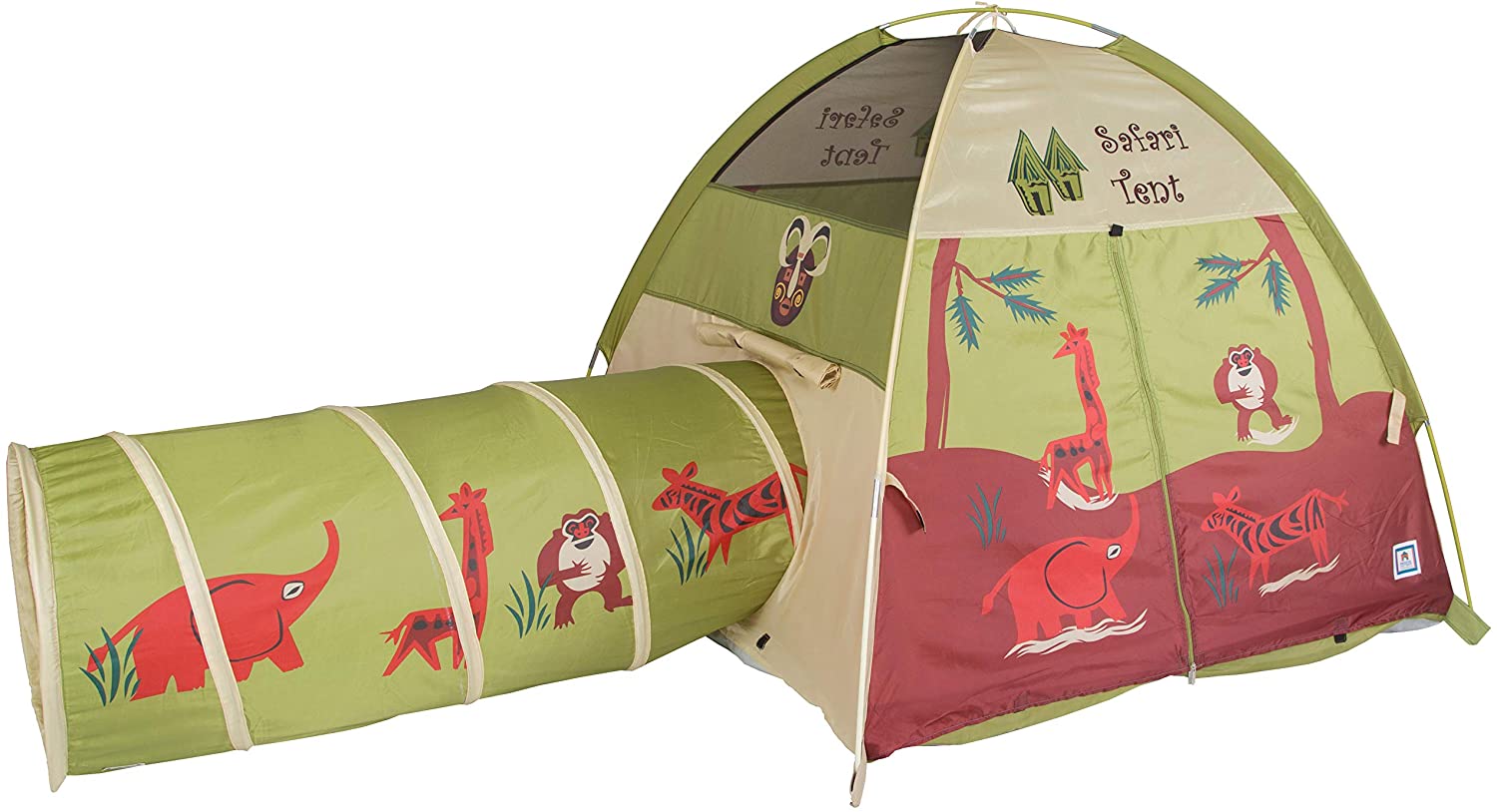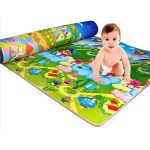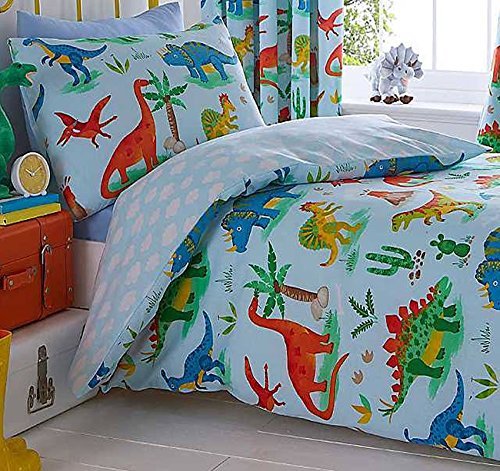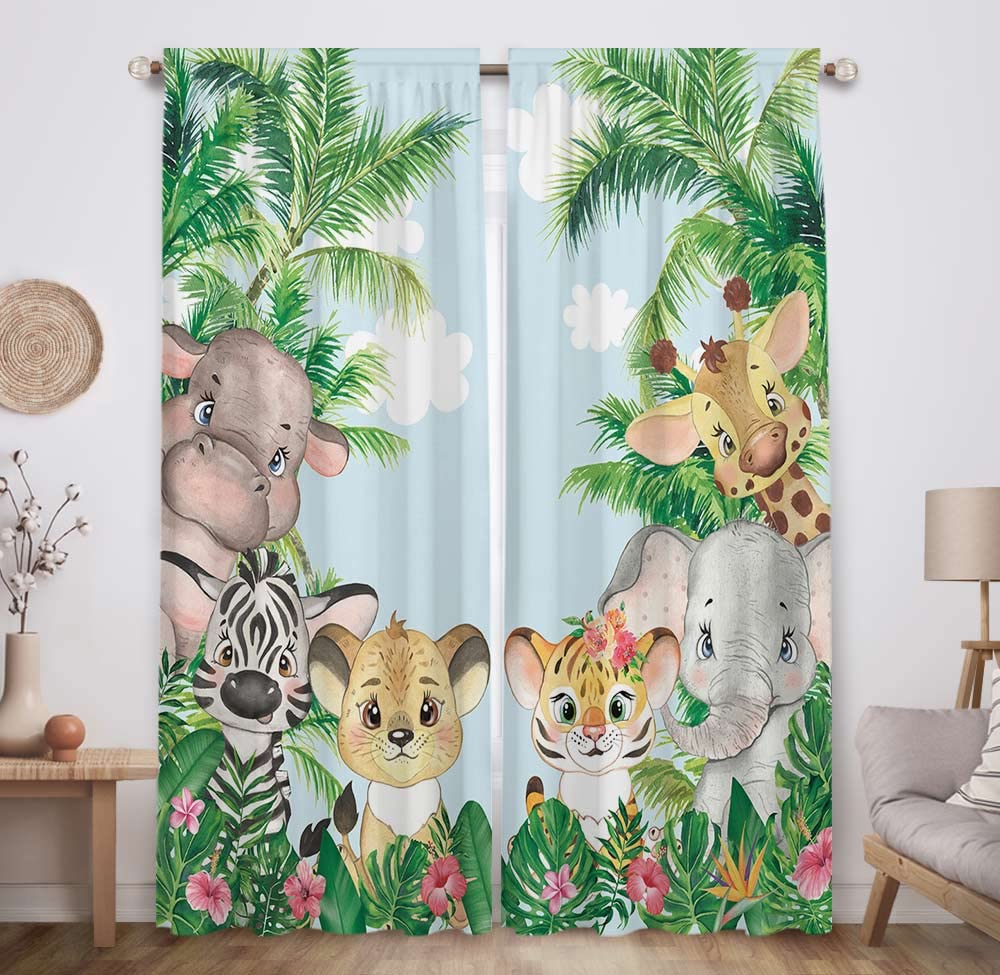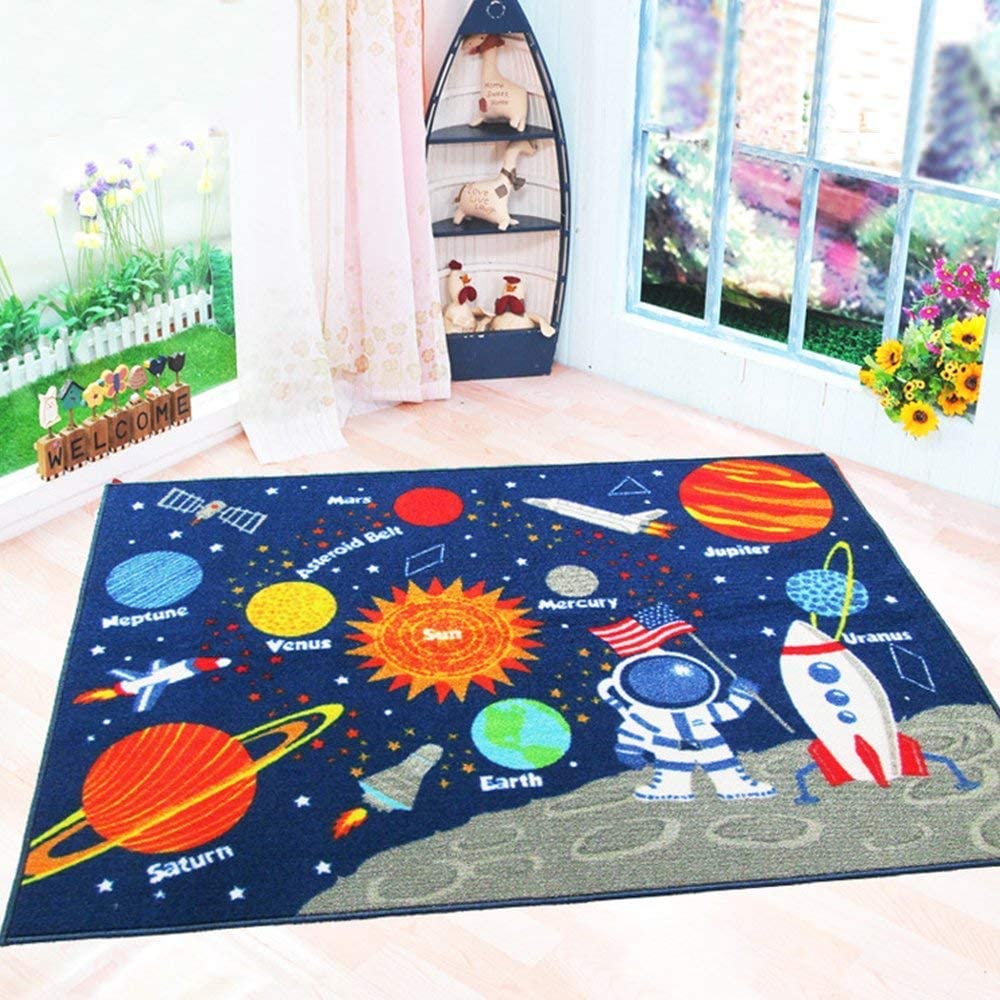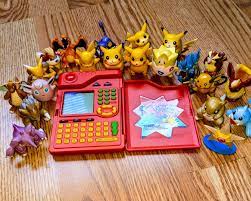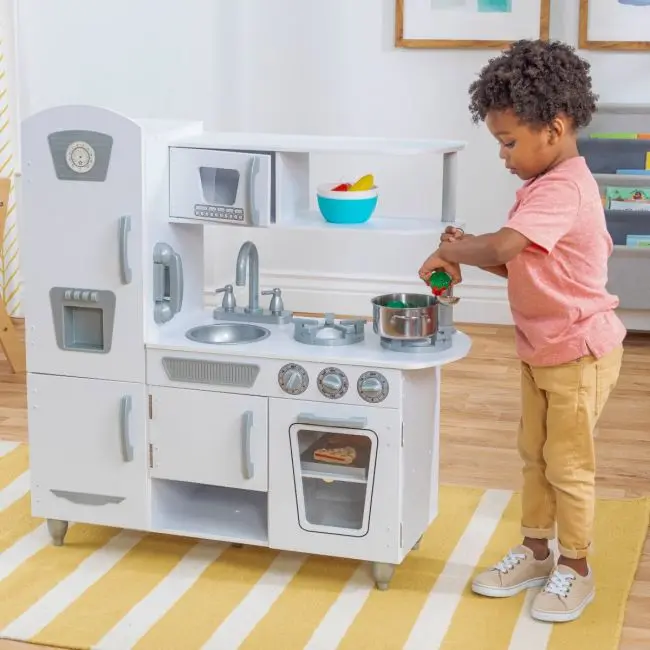
Play kitchens are a staple in childhood development, offering kids a fantastic opportunity to mimic adult behaviors, explore their imaginations, and engage in social play. Whether wooden, plastic, or a high-tech model with realistic sounds and lights, play kitchens serve as a mini culinary playground for the budding chef in every child. In this blog, we’ll delve into the benefits of play kitchens, the types available, and tips for choosing the right one for your little ones.
Benefits of Play Kitchens in Child Development
At first glance, a play kitchen might just seem like a fun distraction for kids, but it holds significant educational and developmental benefits:
- Social and Emotional Skills: Play kitchens encourage kids to take turns, share responsibilities, and work together to create imaginary meals, fostering important social skills.
- Language Development: As children engage in role-play, they narrate their actions, expand their vocabulary, and use new phrases that they have heard adults use in real kitchens.
- Cognitive Growth: Following recipes—even imaginary ones—helps children develop sequencing and problem-solving skills, essential components of cognitive development.
- Motor Skills: Manipulating small food items and kitchen tools can improve fine motor skills, while larger movements like stirring and scooping enhance gross motor skills.
These activities help children understand the world around them and their role within it, offering a rich learning experience through play.
Types of Play Kitchens
Play kitchens come in various styles and materials, each offering unique features and benefits. Here’s a quick overview:
- Wooden Kitchens: Often chosen for their durability and classic aesthetic, wooden kitchens can withstand the rigors of play and often fit seamlessly into home decor.
- Plastic Kitchens: These are typically more colorful and sometimes less expensive than wooden models. Many are designed for easy cleaning and portability.
- Interactive Kitchens: These high-tech kitchens feature electronic components such as sound effects and lights, simulating the experience of cooking on real appliances.
Choosing between these depends largely on your child’s interests, your budget, and the amount of space available in your home.
Choosing the Right Play Kitchen
Selecting the perfect play kitchen involves several considerations to ensure it fits both your child’s needs and your household. Here are some tips:
- Consider the Size: Play kitchens range in size from small tabletop setups to large multi-featured stations. Measure your available space before buying to ensure a good fit.
- Look for Growth Potential: Some kitchens come with adjustable heights or additional modules that can be added as your child grows.
- Check for Accessories: Many kitchens come with accessories like pots, pans, and pretend food. A good set of accessories can enhance playtime without requiring immediate extra purchases.
- Think About Safety: Ensure the kitchen is stable and made from non-toxic materials. Also, look for certifications that guarantee safety standards.
Accessorizing Your Child’s Play Kitchen
To really bring your child’s play kitchen to life, consider adding a variety of accessories and play food items:
- Play Food: From fruits and vegetables to complete meal sets, play food can be used to teach kids about nutrition, colors, and more.
- Cooking Sets: Additional pots, pans, and utensils can give children the tools they need to expand their culinary adventures.
- Aprons and Chef Hats: Dressing up as a chef can make playtime even more immersive and fun.
Conclusion
Investing in a play kitchen for your child is more than just buying a toy; it’s providing a tool that supports their development in fun and engaging ways. By encouraging role-play, creativity, and practical life skills, a play kitchen is an educational investment that your child will love for years to come. Whether you opt for a simple model or a deluxe version, the imaginative culinary adventures it brings will be cherished memories of childhood.




















